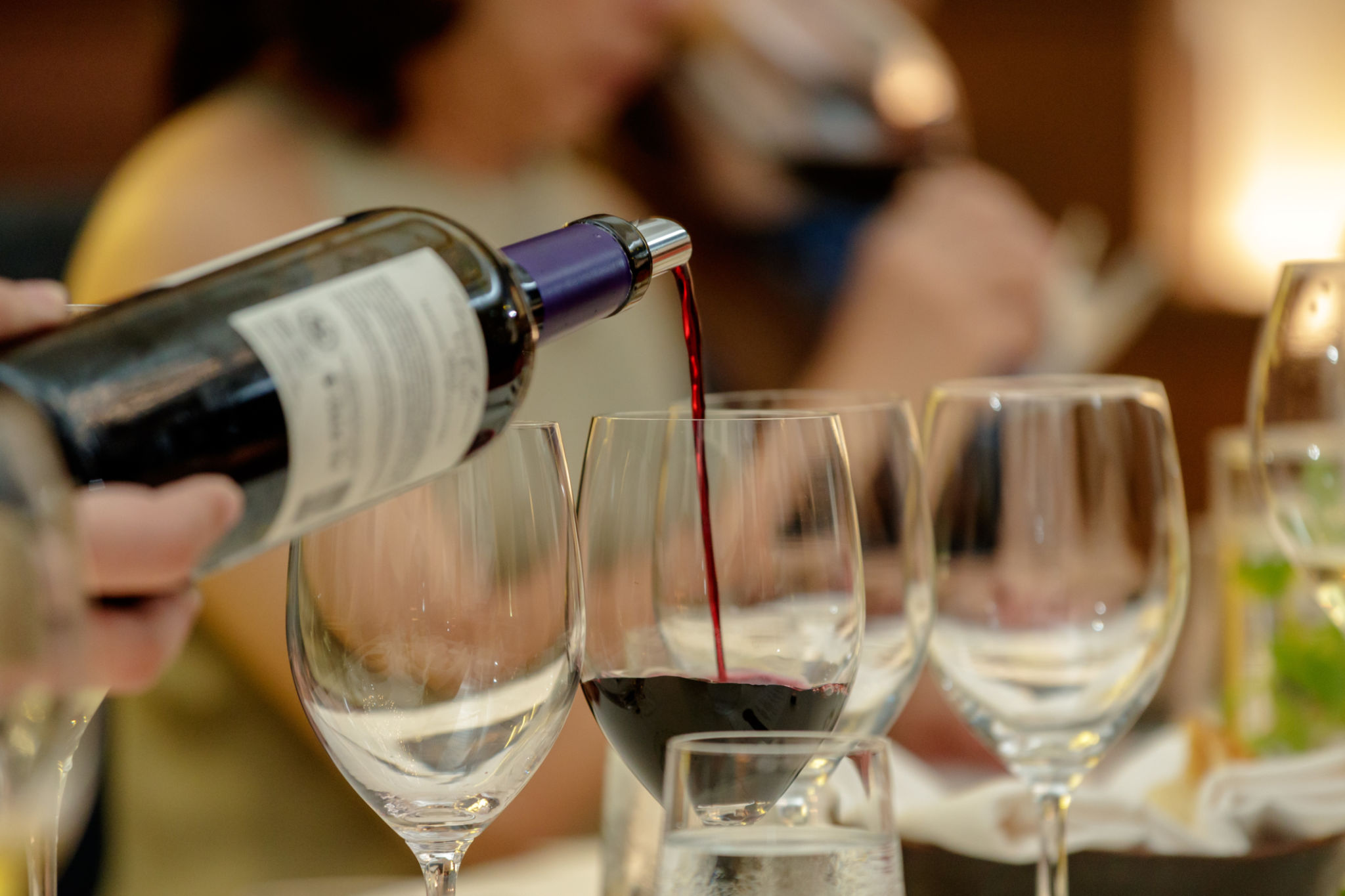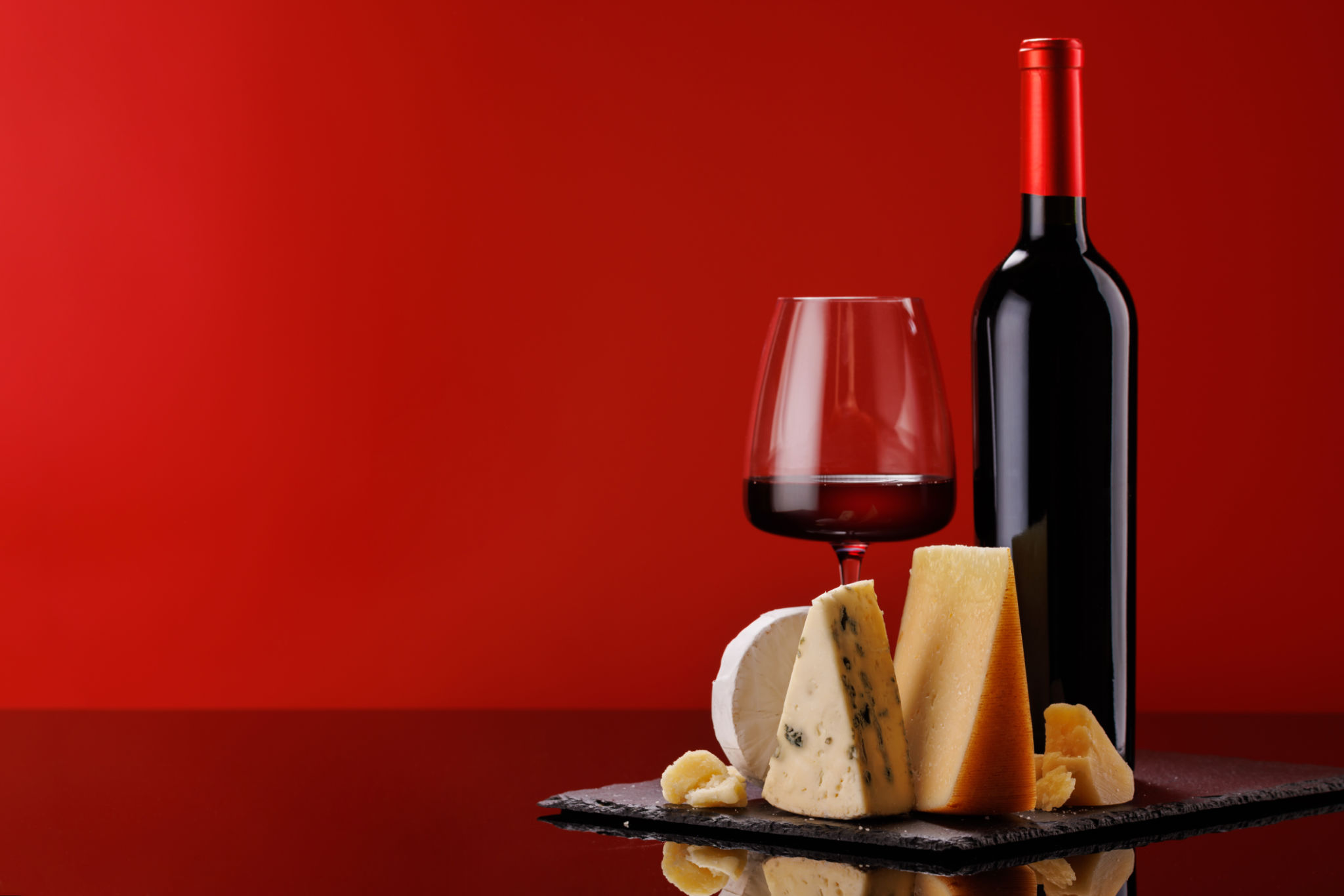Debunking Wine Myths: What You Really Need to Know About Fine Wines
Understanding Wine Prices
One of the most pervasive myths about wine is that a higher price tag equates to better quality. While it's true that some expensive wines are exceptional, price does not always correlate with taste. Many factors contribute to a wine's cost, including marketing, scarcity, and brand reputation, rather than just the quality of the wine itself.
In fact, numerous blind taste tests have shown that even seasoned wine connoisseurs cannot consistently distinguish between cheap and expensive wines. This suggests that personal preference plays a more significant role than price alone.

The Reality of Wine Aging
Aging is often believed to improve all wines, but this isn't the case. While some red wines do benefit from aging, many white wines and even some reds are best enjoyed young. The notion that older always means better is a misconception that can lead to disappointment if you've been storing a bottle for years only to find out it's past its prime.
Understanding which wines are meant to age and which should be consumed earlier is crucial for enjoying them at their best. Generally, wines with higher tannin and acidity levels are better suited for aging, while lighter wines should be consumed sooner.
The Cork vs. Screw Cap Debate
Another common myth is that wines with screw caps are inferior to those sealed with corks. In reality, the choice between corks and screw caps is often a matter of tradition rather than quality. Screw caps can actually preserve wine just as well as corks, and they offer the added benefit of preventing cork taint, which can spoil the taste of your wine.
Many winemakers in New Zealand and Australia prefer screw caps for their ability to maintain freshness and consistency. So, don't shy away from a screw-capped bottle—it's not a reflection of lower quality.

Pairing Wine with Food
The idea that red wine must be paired with red meat and white wine with fish or chicken is another outdated belief. While certain pairings do enhance flavors, the key is to balance the intensity of the wine with the dish. For instance, a light red wine can pair beautifully with roast chicken, while a rich white wine might complement a hearty pork dish.
Ultimately, the best wine pairing is one you enjoy. Experimenting with different combinations can lead to delightful discoveries that suit your personal taste.
The Importance of Wine Temperature
Serving temperature can significantly affect a wine's taste, yet many people overlook this aspect. Red wines are often served too warm, while whites are served too cold. As a rule of thumb, red wines should be served slightly cooler than room temperature, while whites should be chilled but not ice-cold.

The right temperature allows the flavors and aromas to shine, enhancing your overall wine experience. Investing in a wine thermometer can help you achieve the ideal serving conditions for your favorite wines.
Conclusion
Debunking these common wine myths can lead to a more enjoyable and informed drinking experience. Remember that personal preference is paramount—what matters most is what tastes good to you. Don't let misconceptions dictate your enjoyment of fine wines. Instead, explore and discover the vast world of wines with an open mind and palate.